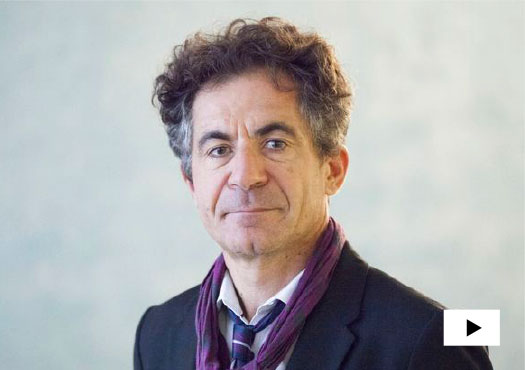
Definition
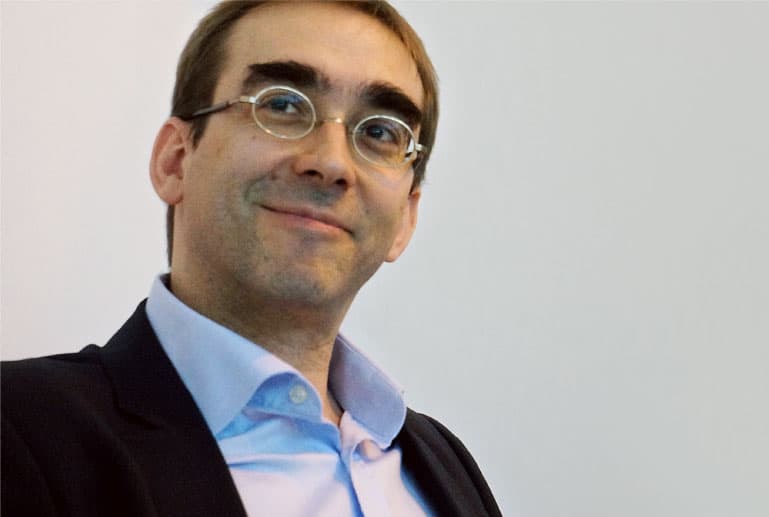
“History
is the science
of things which are not repeated.”
Paul Valéry
 Read the article
Read the article

Definition
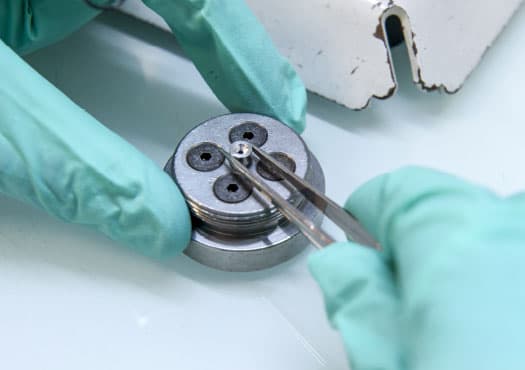
Background
Various methods, including dating, are used to better understand the technical and cultural practices of our ancestors. This is essential when seeking to gain a more detailed understanding of how they lived and how they interacted with their environment.

Prehistoric rock art
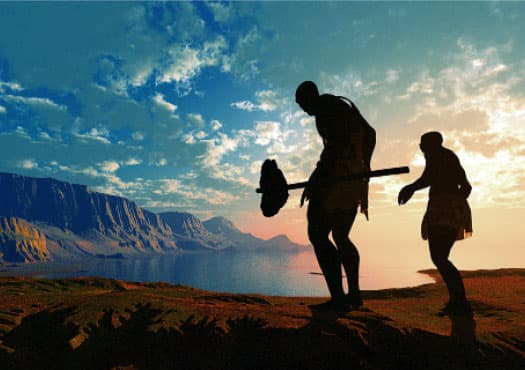
Migrations
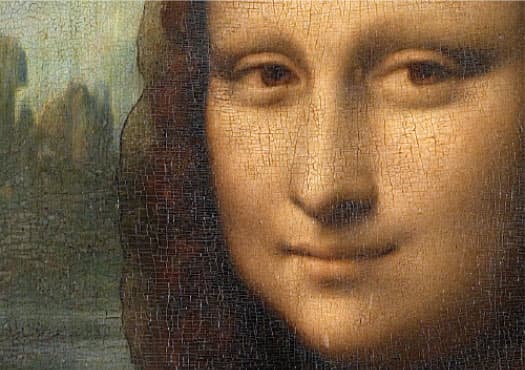
Pigments and metals
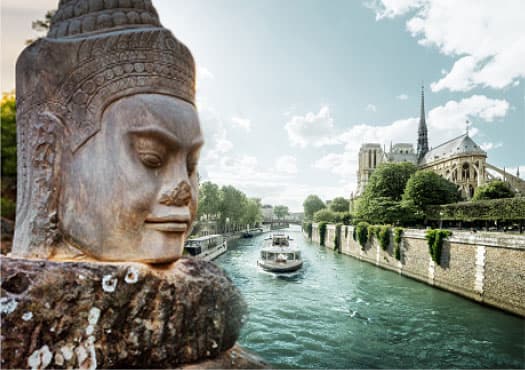
New applications
Whether they are made of organic, inorganic or ferrous materials, the vestiges of the past which have reached us frequently need to be cared for and sometimes even restored. Various processes, in which CEA specialises, have been successfully used for this.
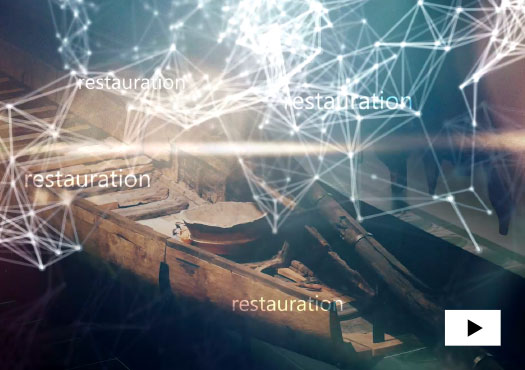
Treating and curing
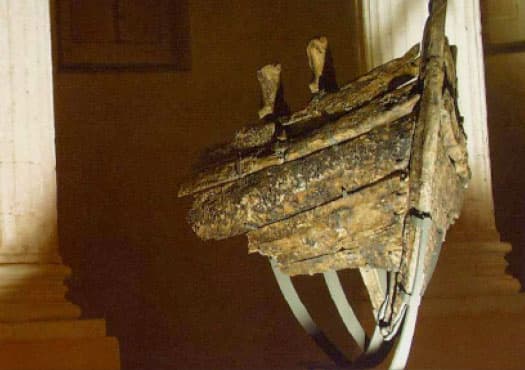
Conserving and consolidating
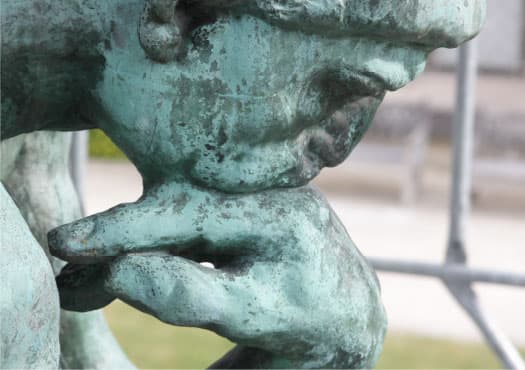
Conserving and consolidating
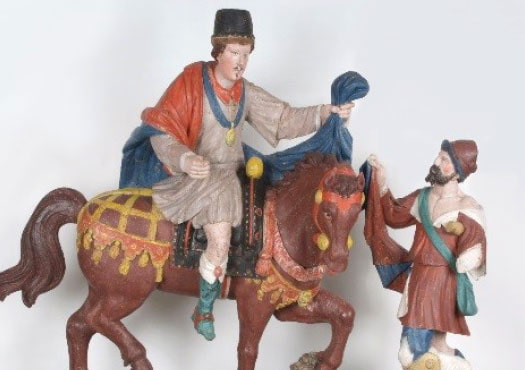
Analysis and restoration
High-definition muography, a cutting-edge technology originally developed to track particles in high-energy physics experiments, is proving to be a valuable tool in enabling archaeologists to probe the interior of objects, where photography can see only the surface.
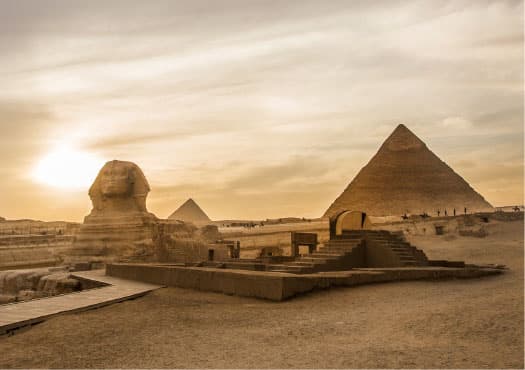
Muon radiography
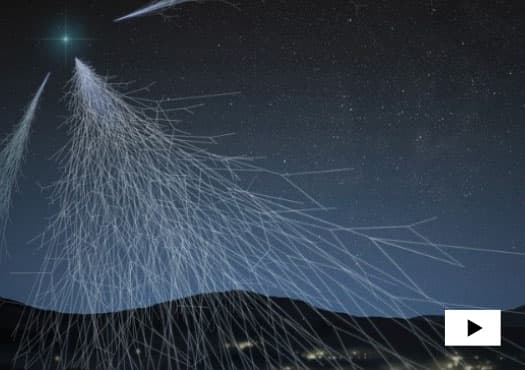
Discovery
What if the objects from the past helped us better predict the behaviour of materials in the future, more particularly to obtain reliable predictions of their alteration? This area of research, in which CEA is the leader, is only one of the promising avenues of a constantly changing overall approach.
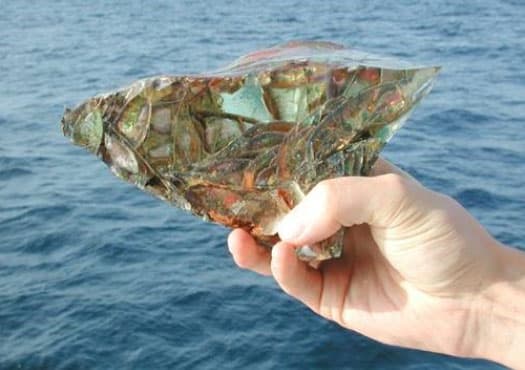
Natural and archaeological analogues
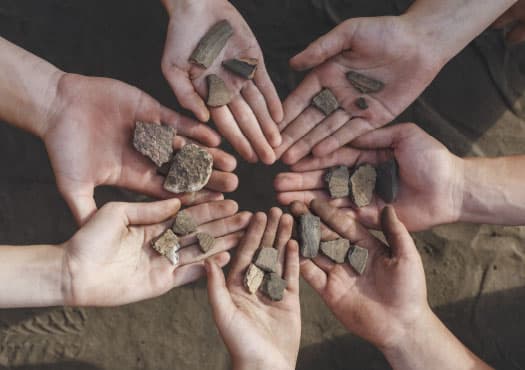
Perspectives